I approached Ken a while ago with the idea of interviewing him regarding his frequent ‘street portrait’ posts on Instagram. Ken, ever the one to deflect the spotlight, helped me come up with the idea of including some others, and what resulted from this was the following conversation via a Google hangout.
J: Jeff K: Ken O: Omar S: Shawn
J: So thanks for hanging out! Let’s start with basics- what city or town are you located in, and how long have you lived there?
O: I’m living in NYC right now… I’ve been here for a year now. Harlem.
S: Philly. However I have moved around a lot. I’ve been back since 2010. NYC (Park Slope) before that. I’m a Philly native, though.
K: West Philadelphia, about 10 years now.
J: For the purpose of this discussion I thought it might be good to define what a ‘street portrait’ is, versus regular street photography. Who wants to take a stab at it?
S: A street portrait is the capture of a subject [in public] with their expressed permission, in the portraiture format.
O: I believe the photographer must show clearly that there is (was) an interaction between the photographer and the subject. Where the main purpose is to say something specific about that subject. And yes, there needs to be consent in this case.
K: First I would have to say that everything is subjective and different people will have different definitions based on their perspective- but for me a street portrait takes place in a public setting and takes place with direct interaction between subject and photographer.

‘Sam Pugh’ by Shawn
J: Right. I just wanted to be clear as I’ve seen some photos labeled ‘street portraits’ which were really just pictures of random people, who had no idea they were being shot. How did you get started doing them? Did you start with candid street photos first? What led to the interest in street portraits?
O: I’ve always had an interest in people since I started photography professionally. However, if it was not for a job, I wouldn’t have gotten myself to do it… just as with regular street photography. Eventually I just decided to do it for my own work… first started doing street photography only, but living in Harlem, I knew there was something more I wanted to get from the history…so I decided to start this particular Sundays series.
S: My story is that I love candid shots, but at the same time I’m a chatty kind of person. So I would start with candids and work up a conversation with the subject to introduce myself and my project. The success depends on how the subject takes the work, and the forward nature of my request. Often times, it becomes a fixed point of reference – if I don’t get the portrait the first time, maybe I will the next time I see them. Comfort levels are a big factor. My interest simply comes from my love of meeting people and connecting.
K: I’ve always done them, I didn’t know they were called street portraits, but I’ve always stopped people who were interesting to me and asked for their portrait.
O: In my case I am not very chatty… I’m more introverted when it comes to strangers… so it was initially a challenge for me.

‘Odessa’ by Omar
J: Omar – can you talk a little more about the Sunday series thing and how it relates to your job?
O: Yes. As I said, I know there is a lot of history in Harlem and every Sunday people really come out wearing their best outfits and there is a stronger sense of pride and community. That’s how this series got started, I wanted to capture that. This, however, is a completely personal work and it’s not related to any other professional endeavor other than my personal work.
J: Got it. I know Ken has mentioned that Sundays are an excellent time to catch people.
O: It is… I also find people are less guarded.
S: Spring/Summer + Sunday = awesome shots. I like Sundays because there are fewer people around, and those few are more open – it’s an odd type of isolation.
K: I think it depends what you’re looking for. I am extremely conscious of how I present the people I photograph because at the end of the day they are trusting me with their image. It’s a gift. So I feel it’s my duty to cherish it. All of that to say, Sunday is a good day to capture people at their best.
J: Another thing Ken once told me- that this isn’t rocket science- you walk up to someone and ask ‘can I take your picture’ and they either say yes or no… While I’m sure that’s true, there must be some discernment on your end as to who will make a good subject. Is there any way to describe that process? And Ken, I like what you said about feeling some responsibility about it. I imagine that factors in to who you choose to shoot.
S: That process for me is simply going with my gut instincts. People who are friendly attract that to them. However, even shooting someone who isn’t necessarily ‘nice’, so to speak, is a chance to challenge yourself to get a great portrait. I’ve been in so-called ‘bad’ areas and gotten some of my best portraits.
O: Subject-wise, I look for people who catch my eye… either visually because of their physique, or by the way they carry themselves.
K: I work off of interest. If a person or scene is interesting to me, there is a hope that someone else might find the portrait interesting. It’s tough to explain why I might take a portrait of one person and walk past another.
S: I couldn’t say that there’s a formula at work for me, just interesting people in unique situations.
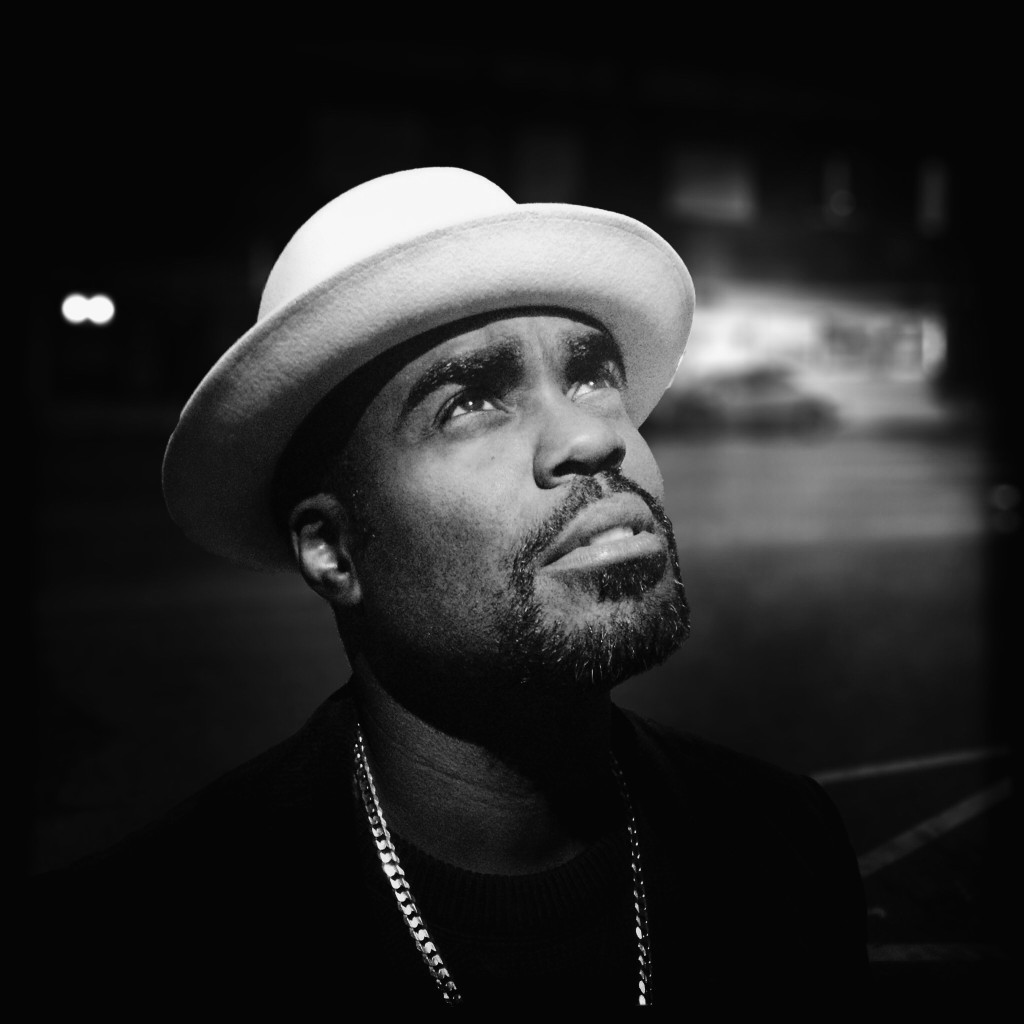
‘Nell Divine’ by Ken
J: What other factors are most important once you’ve gotten someone to say ‘yes’? Background or lighting, for example. What do you look for?
S: Light.
K: Always the light!
J: And do you guys often ask the person to move to a particular spot?
S: Light is everything. Sometimes, to get into better light [laughs]
K: Depends on the interaction. Sometimes the portrait is born out of long conversation and you might get a sense the subject is agreeable to doing more than stand and shoot. Other times you have to make the best out of the little time they’re giving you.
S: Truth. Getting the most from those who give the least – right, Ken?
K: Yes, but sometime I get the least from those who give the most.
J: Oh, can you elaborate on that, guys?
K: Meaning, I work off of vibes. The strength of the interaction, for me, leads to a better portrait.
S: Ok – sometimes you’ll come across a great subject and they’re only giving you seconds to work. You have to engage them in a way that creates that shot or lose the moment.
O: That’s an interesting point though… in my case, I usually try to be as fast as I possibly can… with the photo, and in the interaction. Since I know I am taking some of their time I try to make it as seamless for them as possible, and I feel that helps me and them to feel at ease.
S: That’s a good point Omar. I use the old gift of gab to ease them in and out of the moment.
O: What is that, Shawn? I mean what do you mean by gift of grab? gab*
J: [laughs] Gift of grab might not go over as well.
S: Omar- re: taking someone’s time… I use conversation to keep them at ease. [laughing at] gift of grab
K: “Come here, give me a street portrait!!!” So, that’s your technique! [laughs]
J: How about the editing process after- does the interaction you’ve had with them affect the way you may edit the picture?
O: Not really, in my case…I edit according to what I see on the frame.
S: Editing is best served up on small dishes. Meaning, I feel that editing looks great on Instagram and all; the printed work, not that much. The closer you get to natural 1:1 living scale, I believe one should use far less editing.
J: Makes total sense. Do you all shoot mobile only for street portraits? I guess I’m wondering if approaching someone with just a phone in your hand ever confuses them when you ask to take a picture.
S: I carry both my phone and camera – if I can evolve the situation to use the camera, then I do. Many people aren’t at ease with a real camera pointing at them these days.
O: No, I shoot with a camera (mirrorless, hence smaller )… I know people who do street portraits with the phone… but I know I’ve found some people find it more questionable when it’s with a phone.

‘Color run portrait’ by Omar
J: Interesting – so sometimes you think the phone camera actually makes them feel more comfortable, Shawn? And vice versa, Omar?
S: I read their expressions and go with the tool that makes them the most comfy. People pose differently with either a camera or a phone pointed at them, in my opinion.
O: It might also have to do with how comfortable one is with what you shoot with… meaning, if you are more comfortable with the phone, that projects, and the person feels at ease. I’ve always felt more comfortable shooting with a camera. I remember trying to use the phone on occasion, and people kind of gave a “REALLY, dude?” kind of look.
K: I love my little phone camera but I also photograph with traditional cameras as well. Regardless of the device, I feel that you as the photographer are what makes people agree to be photographed.
K: Although to be perfectly honest, when I have the traditional cameras a lot more people tend to ask to be photographed.

‘Philadelphia State of Mind’ by Ken
J: Right. It’s much more obvious what the function of it is.
K: I don’t get many “Hey you! Take my picture with that iPhone!” requests.
J: That sounds about right. And yeah, are the people who ask usually less interesting? [winks]
K: That’s the question isn’t it? I told you I work off vibes. The people who ask to be photographed are not always the ones you want to photograph.
S: You take requests?
O: I have been asked a few times. I normally comply, unless there’s something specific that might make me uncomfortable.
S: I can’t say that I’ve had requests on the street, phone cam or dslr. The only time that’s happened was at one of my recent exhibitions. But it turned out to be a great portrait. I love swapping between both camera and phone in the moment, to be honest.
J: Anyone have a pic on hand they want to throw out there? Maybe tell us a little bit about what happened? I know, I’m putting you on the spot…
O: I can share a story about that (people who ask to be photographed are not always the ones you want to photograph)…
Recently a woman on the train asked me to take her photo…she was with her children…I took her photo fast because it was my stop and I had to leave… Her kids got really excited but as I had to jump out of the train, they got really upset I didn’t take their picture… As soon as I got out I signaled them to take their picture in from the window… Their faces completely changed and one of them in particular gave me a really priceless expression.

‘untitled’ by Omar
S: I had a moment where I was doing a photo shoot with a client and then a man and his kids walked up and stopped on the corner to wait on the bus. The dad leaned perfectly against a mural of angel wings and the word ‘necisita’ over him… I stopped and asked him if I could shoot him – his kids egged him on to do it It was really sweet to see this guy crack his tough shell for his kids.

‘Need an angel’ by Shawn
S: A really lovely moment. He was mad cool about it. His kids were hilarious.
O: I like the text behind…do you know what it means, Shawn ?
S: “need”
O: Yeah. Plus the wings.
S: Like ‘need an angel’, is what I felt, he is their guardian angel/dad.
O: It’s really whimsical yet insightful.
S: He stopped right there and leaned. I couldn’t ask for better, I just begged him not to move.

‘Dr. Salaam Love, formerly of the Delphonics’ by Shawn
S: One of my favorite shots in the past 6 months is of Salaam Love, former member of the Delphonics. I saw him 3 times in one day in 3 neighborhoods before seeing him on my block, after a full day of shooting. He was sincere and effortless in front of the camera. We’ve stayed in touch since then.
O: Sweet.
J: So he is posing for you there? Looks so natural.
S: No, this is pre-pose.
J: But, he knew you were shooting…
S: Indeed, yes. I love the moments before and after a pose. They tend to be more natural for me. Works into what I like to convey about human nature: everyone is flawed and beautiful at the same time.
J: Well damn, that’s a great title for the article.
S: It’s also how I get my shots to be a little different then most.
K: Here’s my story. I’m interested in hearing your opinions, Shawn and Omar…
I was on Kensington Avenue in Philadelphia, a rough area by nearly any standard… From across the street I saw a man combing his long white hair. I imagined him as what Samson might’ve looked like if he’d never met Delilah. It was obvious to me that his hair was a great source of pride for him and I approached him and asked if he was making himself camera-ready for me. He laughed and said no, but told me I could take his picture if I wanted to. As I framed the shot, I watched all of the strength and glory I witnessed just moments before dissipate into what I can only describe as a look of posed despair. I’ve seen people change when the camera comes out, so at the time I didn’t think much of it and told him to go back to combing his hair so I could capture him in his full glory. He laughed and I saw a glimpse of what interested me initially, and I captured the moment. As I took down his information, a woman tapped me on the shoulder and asked if I was the photographer that paid people in the area $2 for their picture. She was clearly looking for $2 and wanted to know where the line started. I told her I was most definitely not that guy. Explaining to them both that I make portraits of people that agree to be photographed because they want to, not because I dangle money in front of them. Something about the practice didn’t feel right to me, especially in an area like Kensington where I’ve seen people do unmentionable things for a few dollars. If you’re going to help someone, help them out of a sense of altruism, not out of self service. I couldn’t help but wonder if his affected pose was a result of what he thought I wanted, or is this contrived reality just the way that some photographers go about getting street portraits?
‘Shaun of the living’ by Ken
O: Well, from a journalistic point of view, it is considered unethical to remunerate subjects for a story… I tend to follow that principle… I feel that dangling a little bit of money in front of someone for a personal gain is not the best way to go.
S: I’ve never paid anyone for a street portrait, and I imagine I never will. I believe in charity, and I have helped some of the people I’ve shot in ways that I won’t mention (for their privacy). To that end, I don’t shoot people who are homeless, or obviously mentally challenged. Paying for shots reeks of poor judgment and bad ethics.
K: I think you mention a good point about photographers exploiting situations, Omar. I think you have to be clear on why you are in the streets asking people for portraits. That is the first question to ask. If the answer sounds anything like fame, glory or an increase in ‘likes’ and ‘follows’, then pause. There’s rules to this thing here.
O: Exactly.
K: I respect everyone’s right to do things their own way, but I think there is something to be said for being upright in what you do. Helping those that need help is one thing, but tit for tat is something else.
J: Well I think this wraps it up. Any of you have any questions you want to add? Any closing comments? Sage advice?
S: Stay humble, friendly, and open toward people and you’ll get better shots.
K: I hesitate to give advice because I don’t know that it would work for anyone else but I would encourage people to stay true to themselves. Authenticity is currency in the streets (not your business card or the size of your camera). When you play for(to) the crowd you ultimately play yourself. Every street portrait that someone allows you to make is a gift, treat it as such.
O: Ditto… I’d add this… make sure you know your craft before you get yourself to do it. You’ll be more effective and give your subject a better experience if you “look” like you know what your doing.
S: There it is!
O: It’s been a pleasure chatting with you gentlemen.
S: Yeah, this was pretty cool man.
J: Really appreciate you guys taking time to do this. Perhaps we will meet some day, after all we aren’t that far.

Ken
West Philadelphia-based image maker.
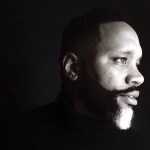
Shawn Theodore
My photographic method has been based on a personal interpretation of existentialism as portrayed in Ralph Ellison’s ‘Invisible Man’ within the modern urban environment, while employing the influences of artists Aaron Douglas, Barkley L. Hendricks and Romare Bearden. I’m not an activist or photojournalist, I am an artist who is passionate about the perception of the people within my diaspora.

Omar Robles
My first connection with visual storytelling was in fact through the art of mime theatre. I had then the privilege of studying under the tutelage of Marcel Marceau at L’École Internationale de Mimodrame de Paris Marcel Marceau. Later, as I went to college to acquire my B.A in Communications and Arts, I discovered in photography a new way of telling stories without words. With photography however, I could immortalize the moments for a little longer. I have since explored as many areas of photography as I possibly can. Amongst all, I’ve found an immense passion for photojournalism. Some of my clients include lifestyle magazines Latino Leaders , Metro San Juan & most recently the Chicago Tribune’s Hispanic publication Hoy.
About Author
- Jeff can usually be found roaming the streets of Northampton, Massachusetts, pretending to deliver mail. Between deliveries he takes pictures with his iPhone, always in search of new ways of interpreting the world around him. His editing style ranges from minimal to outrageous, and constant experimentation, collaboration, and inspiration from other mobile photographers keeps Jeff motivated to try new things.
Latest stories
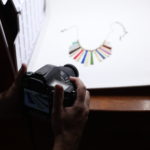 Jeff KelleyAugust 22, 2016SHOTBOX Photo Studio: a review
Jeff KelleyAugust 22, 2016SHOTBOX Photo Studio: a review Jeff KelleyJuly 30, 2016Polaroid Swing: Not Just Another App
Jeff KelleyJuly 30, 2016Polaroid Swing: Not Just Another App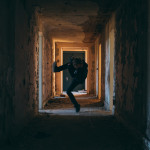 Jeff KelleyJanuary 22, 2016Dancing in Abandoned Places with Austen Browne
Jeff KelleyJanuary 22, 2016Dancing in Abandoned Places with Austen Browne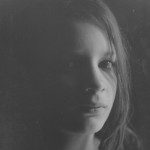 Jeff KelleyOctober 28, 2015A Phone-y Film Experiment
Jeff KelleyOctober 28, 2015A Phone-y Film Experiment

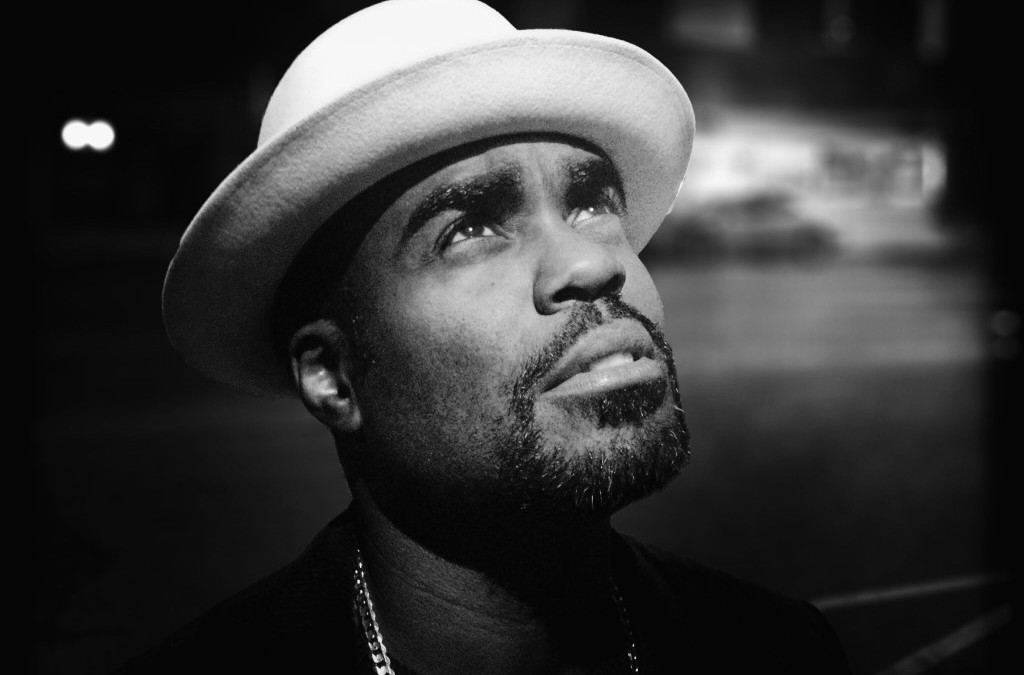

Really interesting Jeff! All photographers interviewed here are obviously passionate and careful professionals who care a lot for their subjects and are interested in telling people’s stories through the art of the camera.
awesome piece Jeff, I’ve been a longtime follower and friends with Shawn on IG and it’s great to hear from him here
Nice shot of DrSalaam Love. He is very photogenic. I wonder if he has ever seen the picture before. DrSalaam is a very good friend of mine. If he hasn’t seen it I am so sure he would love to even have a copy. Great picture!